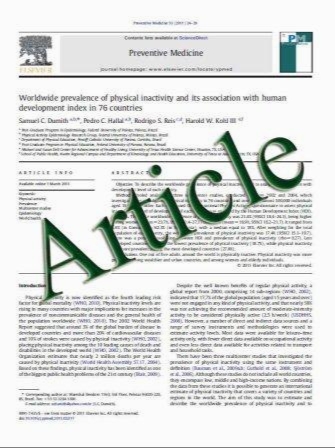3D-based navigation in posterior stabilisations of the cervical and thoracic spine: problems and benefits. Results of 451 screws
- نوع فایل : کتاب
- زبان : انگلیسی
- مؤلف : J.-S. Jarvers S. Katscher A. Franck S. Glasmacher C. Schmidt T. Blattert C. Josten
- چاپ و سال / کشور: 2011
Description
Introduction Navigated procedures in spinal surgery have been established due to an increasing demand for precision. Especially, 3D C-arms connected to navigation systems are being used more often and can be utilised intraoperatively for the planning and controlling of screw positions. This prospective study analyses our experiences with 3D-based navigation in posterior stabilisations in the cervical and thoracic spine. Methods A 3D C-Arm (Ziehm Vision Vario 3D) was connected to a navigation system (VectorVision, Brainlab ) and used for the placement of, in total, 451 screws among 67 patients. Of those, 14 patients had to undergo operations in the cervical and 53 in the thoracic spine. Postoperatively, the positioning was observed with computed tomography (CT). Results The application time is approximately 6 min. In total, 354/451 (78.5%) screws could be inserted assisted with navigation, and 272/451 (60.3%) were controlled intraoperatively. Regarding the cervical spine, in 87.1% (61/70) of the screws, the navigation procedure was uneventful. The positioning of 63.2% (43/68) of the screws was checked intraoperatively. In the upper thoracic spine, 77% (293/381) could be placed with navigation and 59.6% (227/381) were controlled intraoperatively. Occasionally, the scanning setup was problematic. Correct placement was seen in 92.7% of screws; for the remaining screws, no revision was needed. Conclusions Intraoperative 3D imaging navigation for posterior spinal stabilisations is technically feasible and reliable in clinical use. The image quality depends on the individual bone density. With undisturbed visibility of the vertebral body, the reliability of 3D-based navigation is comparable to that ofCT-based procedures.Additionally, it has the advantage of skipping the preoperative acquisition of data as well as the matching process, with reduced radiation doses.
Eur J Trauma Emerg Surg (2011) 37:109–119 DOI 10.1007/s00068-011-0098-1 Received: 20 December 2010 / Accepted: 6 March 2011 / Published online: 1 April 2011


